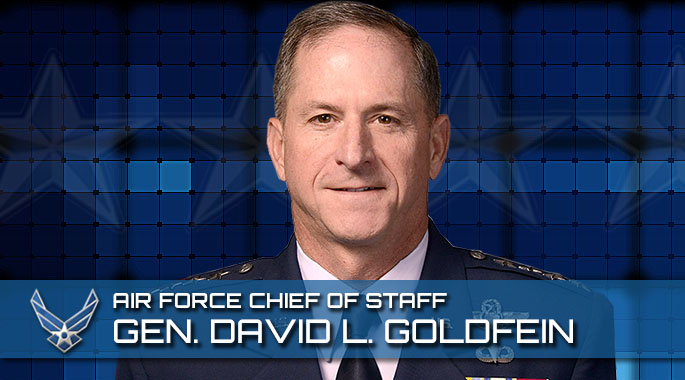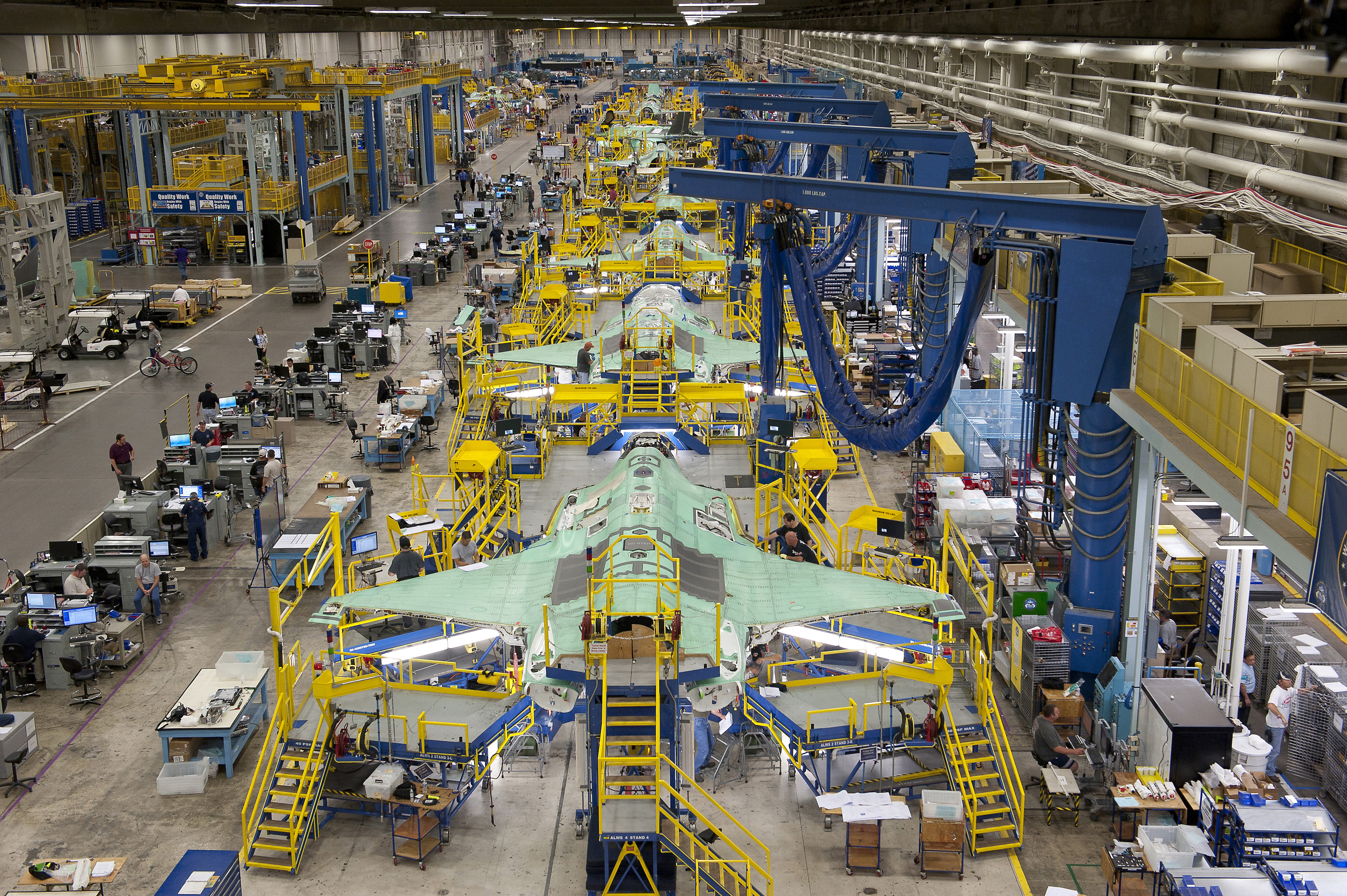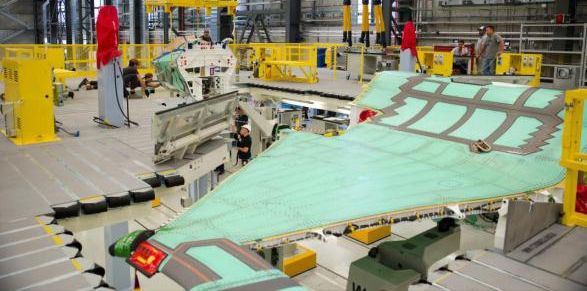Not Cutting F-35 Buy, But Depot Structure May Change: CSAF Goldfein
Posted on

Gen. David Goldfein
WASHINGTON: The Air Force does not plan to cut its planned purchase of 1,763 F-35As — in fact, it’s not even not considering doing so — but it is pushing hard to bring down the sustainment costs of Lockheed Martin‘s prize program, the Air Force Chief of Staff told reporters this morning.
“We are all very concerned about sustainment costs,” Gen. Dave Goldfein told the Defense Writers Group. That “we” includes Ellen Lord, the head of Pentagon acquisition, Air Force Secretary Heather Wilson and Deputy Defense Secretary Patrick Shanahan. Lord, who said in January the F-35 was unaffordable at current sustainment cost levels, and Shanahan both boast long careers in the defense industry and “know how this business works,” Goldfein said.
What is Goldfein’s cost goal? He’d like to see the F-35 cost about the same to operate — he would not be more specific — as it costs for an F-16 or an F-18.

F-35 production line
My colleague and former boss Tony Capaccio broke the story about an Air Force analysis that found the service would have to cut 590 of the F-35A fleet because of its stubbornly high operations and maintenance costs. Some estimates, viewed with deep skepticism by many F-35 supporters, say it will cost $1.1 trillion to keep all three variants of the Joint Strike Fighter fleet in the air and combat ready over the next 50 years.
Critics the estimates’ methodology is badly flawed. First, no other fighter program has ever been projected to fly for 50 years. Second, the Government Accountability Office performed its analysis using existing aircraft as the cost model, when the F-35 was specifically designed for easier maintenance. Finally, estimating fuel and parts prices for such a long period of time teeters on the absurd. The Pentagon finds it almost impossible to estimate fuel costs out a two or three years, let alone 50.
Regardless of the precision of the GAO estimate, however, senior OSD and Air Force officials are clearly worried about the costs. They may also be using this to help nudge Lockheed, since they’re unhappy about its negotiating tactics and its lack of transparency on cost.

F-35 Wing Assembly in Cameri, Italy
The international partners on F-35 are growing more anxious about the plane’s sustainment costs. Few argue about its capabilities any more. Instead, they worry whether they can afford to get the plane into the air should it be needed. Stephen Lovegrove, permanent secretary of the British Defence Ministry, told the Defense Writers Group with typically British understatement that there was “a degree of uncertainty” about sustainment costs — translation: we are damn well worried — and that meant “we must maintain absolute focus on it.”
I’ve heard over the last few months from various JSF partner countries that they are unhappy with the Air Force’s reliance on a traditional depot approach to maintaining and repairing the F-35. They believe the depot system drives costs up, slows things down, keeps most important maintenance work in US hands and would be very difficult to sustain in the event of war in Europe or the Pacific.
Depots are notoriously expensive and they are rarely fast. Their strong suit is that a depot can handle problems no one else can. Also, depots boast a unique institution on Capitol Hill, the Depot Caucus, designed to do nothing but preserve the jobs and locations as they are.
Goldfein told me that the Air Force is aware of this and is “looking at a couple of areas.” The only one he would discuss in any detail was 3D printing, aka additive manufacturing. In the event of a war driven by Artificial Intelligence, enormously fast and destructive as it would be, the US and its allies would find the depot system cumbersome at best. “We are looking at how we can have a more flexible mixture and how far back (from the front lines) does that occur,” Goldfein said.
When I asked him if he would take on the Depot Caucus, he only said, “I won’t answer that.”
Subscribe to our newsletter
Promotions, new products and sales. Directly to your inbox.
